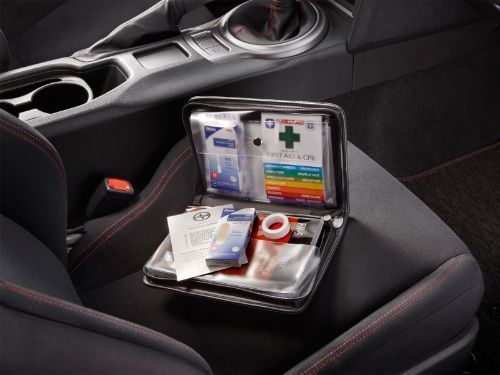
Smart Drug Delivery Systems
The healthcare industry has recently witnessed a paradigm shift on account of various Internet of Things- (IoT)-related technologies introduced. The implementation of Smart Drug Delivery Systems (SDDS) has provided an innovative application of IoT in healthcare significantly given to revolutionize the administration and monitoring of drugs.
Evolution of Drug Delivery
Traditional drug delivery approaches rely on traditional dosing regimens and schedules, completely ignoring the needs or response of the individual patient. Smart drug delivery addresses these deficits by leveraging the capabilities of IoT to provide for tailored, precise, and timely drug delivery based on real-time assessment of the patient.
Key Elements and Operations
The functional capacity of SDDS relies on its ability to deliver the following critical functions:
- Real Time Monitoring: Health data of patients will be tracked continuously, which makes it possible for healthcare providers to always take a timely and informed decision.
- Personalized Treatment: Analysis of data collected by these systems will make it possible to tailor plans of medication based on individual responses of patients, optimizing the effectiveness of treatment.
- Remote Management: Dosage adjustment and management by healthcare professionals in respect of monitoring the adherence of patients can be done remotely, which improves compliance and the overall outcome of the treatment.
- Data Analytics: Sophisticated algorithms will analyze data collected to establish patterns, forecast the likely emergence of problems, and propose some adjustments to the treatment.
Types of Smart Drug Delivery Systems
SDDS come in various forms; each has been developed to serve specific medical purposes:
Wearables
Wearable SDDS are non-invasive delivery systems that can maintain continuous administration of medication and monitoring. Some examples include:
– Smart Insulin Pens – Some of the other products include smart cap by Gocap, which measures doses of insulin and then uploads the data into mobile apps that assist diabetic patients to control the disease better.
– Wearable Infusion Pumps: These infusion pumps administer drugs such as insulin over a fixed flow while controlled from a distance, giving ample flexibility and accuracy in treatments.
Implantable Devices
For those diseases where a continuous long term medication administration is necessary, SDDS-implantable provides the necessary sustained and controlled drug release to provide continued medicine in the body:
– Implantable Infusion Pumps: These are mostly used in chronic pain. In these pumps, the drug is directly allowed to drip into the blood in set time intervals.
-Drug-Eluting Stents: These are special stents that continuously deliver medication, preventing the reformation of lesions and the resulting blockage of the arteries, hence reducing the probability of restenosis after angioplasty
Ingestible Devices
This is a new approach to both the administration and delivery monitoring of ingestible SDDS.
– Smart Pills: The latter could be embedded with microscopic sensors that can transmit data regarding adherence to medication along with some physiological feed-back as it passes through the digestive system.
Smart Inhalers and Auto-injectors
For asthma-related conditions as well as for emergency drugs, smart inhalers and auto-injectors enable automated dosing with usage information both for patients and healthcare providers.
Read More: https://worldhealthleaders.com/integrating-iot-for-improved-patient-outcomes/
































